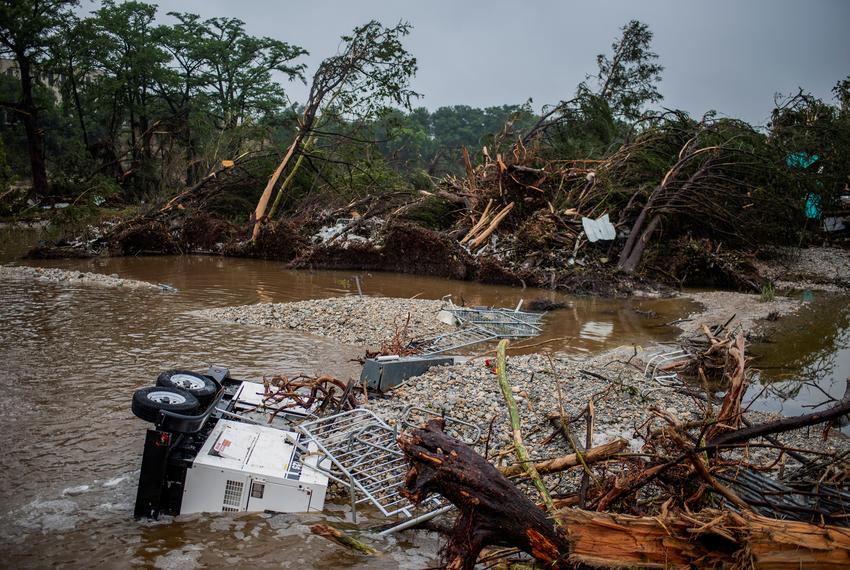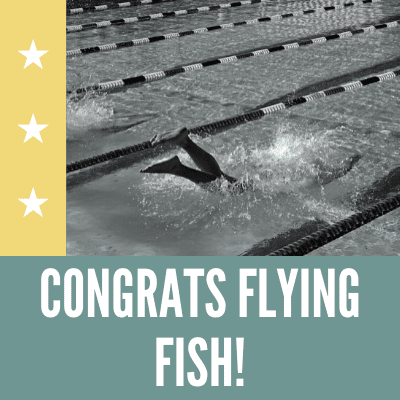The below are questions asked by Chris Hamil, DIPOA Field Operations Manager, and answered by Jay Butfiloski, SCDNR Furbearer & Alligator Program Coordinator, in an interview addressing management of the coyote population within the Daniel Island Community.
Q: What can the DIPOA do to minimize coyote interactions with its 10,000 residents?
- I think first would be to make sure the community is doing all it can to control pet food, keep up with garbage, and even look at reducing bird feeding in an effort to make the area less attractive to coyotes. Identify feral cat colonies and make sure to manage how food is set out at these locations so that no food is left out after dark.
- Also, are there things that could be done to reduce hiding or ambush locations in and around where people walk or recreate (paths, parks, trails)? This could be opening up overgrown areas that provide hiding places for coyotes. Have a plan as to how you will react to coyote sightings or problems.
- When do you attempt to remove coyotes?
- Pet attacks
- Harassing people
- Getting too close to people
- When would you not remove coyotes?
- Random sightings
- Unsubstantiated reports
Q: What can residents do to minimize coyote interactions and peacefully coexist with them?
- Outdoor cats need to become indoor cats, at least during the night to minimize the likelihood that coyote will predate them.
- Fenced yards may help reduce predation to smaller pets, coyote-proof fencing may be needed.
- Small dogs also need to be kept inside at night if not in a secure fence. Small dogs must be kept on a leash when walking around. Larger dogs are seen more as threats than as food and just like when two strange dogs meet, they may fight.
- If you see a coyote, treat it just like you would any other strange dog. Do not run away as this potentially could result in an adverse response from the coyote. If you have a small dog, pick it up and begin to back away.
- Make noise and try to run away any coyote you see. Make it uncomfortable for it to hang around. Coyotes are generally very fearful of people, especially in the SC where they are apt to be shot at for just being seen.
- Would not be a bad idea when walking to carry a walking stick that could be used to act aggressive towards coyotes and as a defensive weapon of last resort, though I doubt it would ever come to that. Animals seem to have a sense when a person has something in their hands.
- Try to keep brush areas trimmed back to reduce hiding places on their properties.
- Check your yard to look for hiding places, such as under sheds, porches, or decks and close them off.
- Also check your yard for any potential food items and pick them up (including wild fruits).
Q: What have been successful methods for managing the coyote population?
- Trapping and shooting have been the traditional methods for managing coyotes; however, it may be more cost efficient to react to coyote issues and problems when they arise as opposed to constantly trying to control coyotes.
- Hazing may have some value, but that’s assuming you see them on a regular basis as it’s difficult to haze an animal you rarely see. Residents should haze or run away by throwing things or making loud noises when coyotes are seen.
Q: Has SCDNR seen an increase in the coyote population? What are those numbers?
- We don’t have an estimate on the number of coyotes in the state (yet) as this number is extremely difficult to get on a statewide basis and really does not affect how one attempts to manage their coyotes.
- There have likely been some increases in some of the more populated areas, with rural areas probably staying about the same (if not somewhat less).
Q: Should we expect a potential interaction with wild hogs too?
- It’s possible you could get some move in from the Francis Marion National Forest side. Hogs are sort of nomadic in that they go where the food is.
Q: How have they been managed by SCDNR?
- We attempt to educate the public on how to control coyotes on their properties and will issue permits as needed.
- Night hunting laws have changed over the years to allow night hunting of coyotes.
- Permits for trapping coyotes are readily available and free of charge.
- The legislature implemented a coyote tagging incentive program in an effort to try to get people to target coyotes.
- We try to document coyote harvest through a number of programs (trapping, night hunting, deer hunters, predator management permittees)
Per the Daniel Island CC&R’s (governing documents), the following is stated: The capturing, trapping or killing of wildlife by residents within the properties is prohibited, except in circumstances posing an imminent threat to the safety of persons. In addition, discharge of firearms is prohibited per the CC&R’s and City of Charleston ordinances. DICA, DIPA, DITA (the Associations) and the Developer retain the right, but not the obligation to engage in wildlife management practices within the properties through a variety of techniques.
To report sightings or if you have additional questions, please contact Chris Hamil, DIPOA Field Operations Manager, at Chris.Hamil@dicommunity.org or (843) 696-4676.







